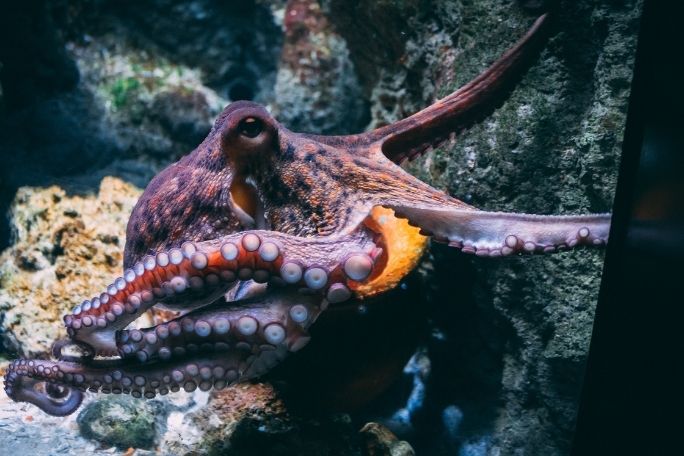Lesson summary
This activity is a quick introduction to ecosystems through the use of a word association game called ‘Mind-Meld’.
Learning intentions:
Students will...
- expand their subject-specific vocabulary and develop an understanding of an ecosystem’s components.
Lesson guides and printables
Lesson details
Curriculum mapping
Year 9 Science
- Ecosystems consist of communities of interdependent organisms and abiotic components of the environment; matter and energy flow through these systems (ACSSU176)
Year 10 Science
- Scientific understanding, including models and theories, are contestable and are refined over time through a process of review by the scientific community (ACSHE191)
Syllabus Outcomes: SC5-12ES, SC5-14LW.
Level of teacher scaffolding: Low
Time needed: 20 minutes.
Resources required
- Mind-Meld Student Worksheet, paper, pens (if available, mini-white boards)
Additional info
This is an original Cool.org lesson. Facts and figures in these lessons may have changed since this lesson was published. We always endeavour to update our resources in a timely manner, but if you see an error or issue in our resources please get in touch with us.


Welcome back!
Don't have an account yet?
Log in with:
By signing up to Cool.org you consent and agree to Cool's privacy policy to
store, manage and process your personal information. To read more, please see
our privacy policy here(Opens in new tab).
Create your free Cool.org account.
Many of our resources are free, with an option to upgrade to Cool+ for premium content.
Already have an account?
Sign up with:
By signing up to Cool.org you consent and agree to Cool's privacy policy to
store, manage and process your personal information. To read more, please see
our privacy policy here(Opens in new tab).